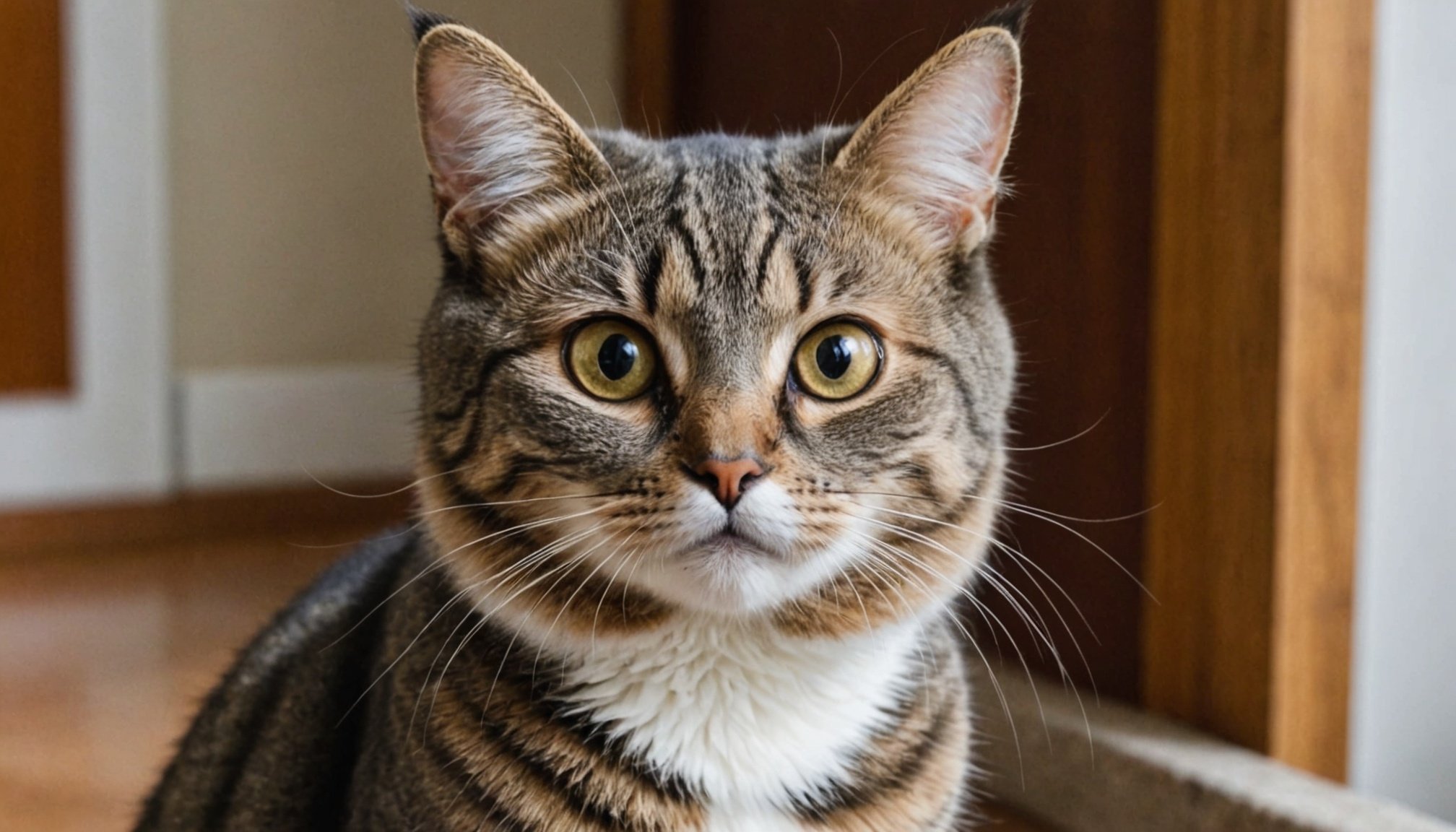Bringing a new pet into your home is an exciting adventure, but what if your newest addition is a shy cat who seems hesitant to mingle with the rest of your furry family? Socializing a timid feline with other pets can seem daunting, yet it is achievable with patience and understanding. This article delves into methods of integrating a shy cat into your pet household, ensuring a harmonious and balanced environment for all.
Understanding Your Shy Cat’s Needs
Before diving into the socialization process, it is crucial to understand your shy cat’s unique needs. Just as humans have different personalities, so do cats. A shy cat often requires a gentle approach, where patience becomes your greatest ally. Observation is key. Recognize their body language and behaviors to determine what makes them anxious.
Additional reading : How can I monitor my cat’s weight effectively to prevent obesity?
Cats, in general, are creatures of habit and territory. A new environment can feel overwhelming, especially with unfamiliar smells and sounds. Allocate a tranquil space in your home where your shy cat can retreat and feel secure. This sanctuary will act as their base during initial interactions.
Remember, every cat is unique. Some may take days to acclimate, while others might need weeks. It’s essential to move at their pace. Rushing the process could hinder your efforts and increase their anxiety. Utilize this time to bond with your cat, building trust through soft-spoken words and gentle touches. This initial connection will pave the way for interactions with other pets.
Also read : What are the best practices for cleaning and maintaining a litter box to keep my cat healthy?
Introducing Your Shy Cat to Other Pets
Once your shy cat has settled into their sanctuary and feels secure in their environment, the next step involves introducing them to your other pets. Approach this methodically to minimize stress for all involved.
Start with Scent Exchange: All animals rely heavily on their sense of smell to understand their surroundings. Begin by swapping bedding or toys between your shy cat and other pets. This exchange allows them to become familiar with each other’s scent without the pressure of face-to-face interactions.
Visual Introduction: Gradually progress to letting your shy cat observe the other pets from a safe distance. Using a baby gate or cracked door can facilitate this step. This method ensures they see the other animals without feeling threatened.
Supervised Meetings: Once your shy cat appears comfortable with the presence and smell of your other pets, arrange short, supervised meetings. These sessions should be monitored closely to prevent any negative encounters. Keep these initial introductions brief, and always end on a positive note.
Positive Reinforcement: Reward your shy cat with treats and praise after each interaction, reinforcing their courage and curiosity. This will help them associate the presence of other pets with positive experiences.
Managing Interactions Between Pets
The interaction between pets, especially when a shy cat is involved, needs careful management to foster a peaceful cohabitation. Understanding each pet’s boundaries and respecting them is crucial in this phase.
Set Realistic Expectations: Not every animal will become fast friends. Aim for a level of tolerance and mutual respect. Over time, bonds may develop naturally.
Safe Spaces: Ensure each pet has their own space where they can retreat and feel secure. This safety net helps reduce tension and prevents feelings of territorial encroachment.
Monitor Body Language: Cats can be expressive. Watch for signs of stress such as flattened ears, swishing tails, or hissing. Dogs, too, have their indicators. Understanding these signals allows you to intervene promptly before any interaction turns negative.
Scheduled Playtime: Engaging your pets in joint activities can be a great way to foster camaraderie. Use toys that all pets enjoy, encouraging them to play together. This shared activity can help them bond over a common interest.
Intervention Techniques: Be prepared to intervene calmly if tensions rise. Distracting pets with toys or treats can diffuse potential conflicts. Never force interactions, as this can exacerbate fear and anxiety.
Long-term Strategies for Building Confidence
Socializing a shy cat is not a one-off event but a long-term commitment. Building confidence in your timid feline requires ongoing efforts to ensure they feel secure and loved in their environment.
Consistent Routine: Cats thrive on routine. Maintaining a consistent feeding, playing, and resting schedule helps your shy cat feel stable. Predictability in their daily life can ease anxiety and foster confidence.
Socialization Opportunities: Gradually expose your shy cat to new experiences, such as different rooms in the house or short car rides. Each successful exposure helps reduce their fear of the unknown.
Encourage Curiosity: Introduce new toys or interactive puzzles to stimulate your cat’s mind. Encouraging exploration within safe boundaries can significantly boost their confidence.
Professional Help: If your shy cat continues to exhibit extreme anxiety, consider seeking help from a professional animal behaviorist. They can offer personalized strategies tailored to your cat’s specific needs.
Love and Patience: Ultimately, your love and patience are the most powerful tools in helping your shy cat integrate with other pets. Celebrate their small victories and remain steadfast in your commitment to their well-being.
Integrating a shy cat into a household with other pets is a journey of understanding, patience, and continuous effort. By acknowledging their unique needs, fostering gradual introductions, and maintaining a nurturing environment, you pave the way for harmonious relationships. With time, your shy cat will bloom, finding their place in your family and forming bonds that enrich the lives of all your pets.











